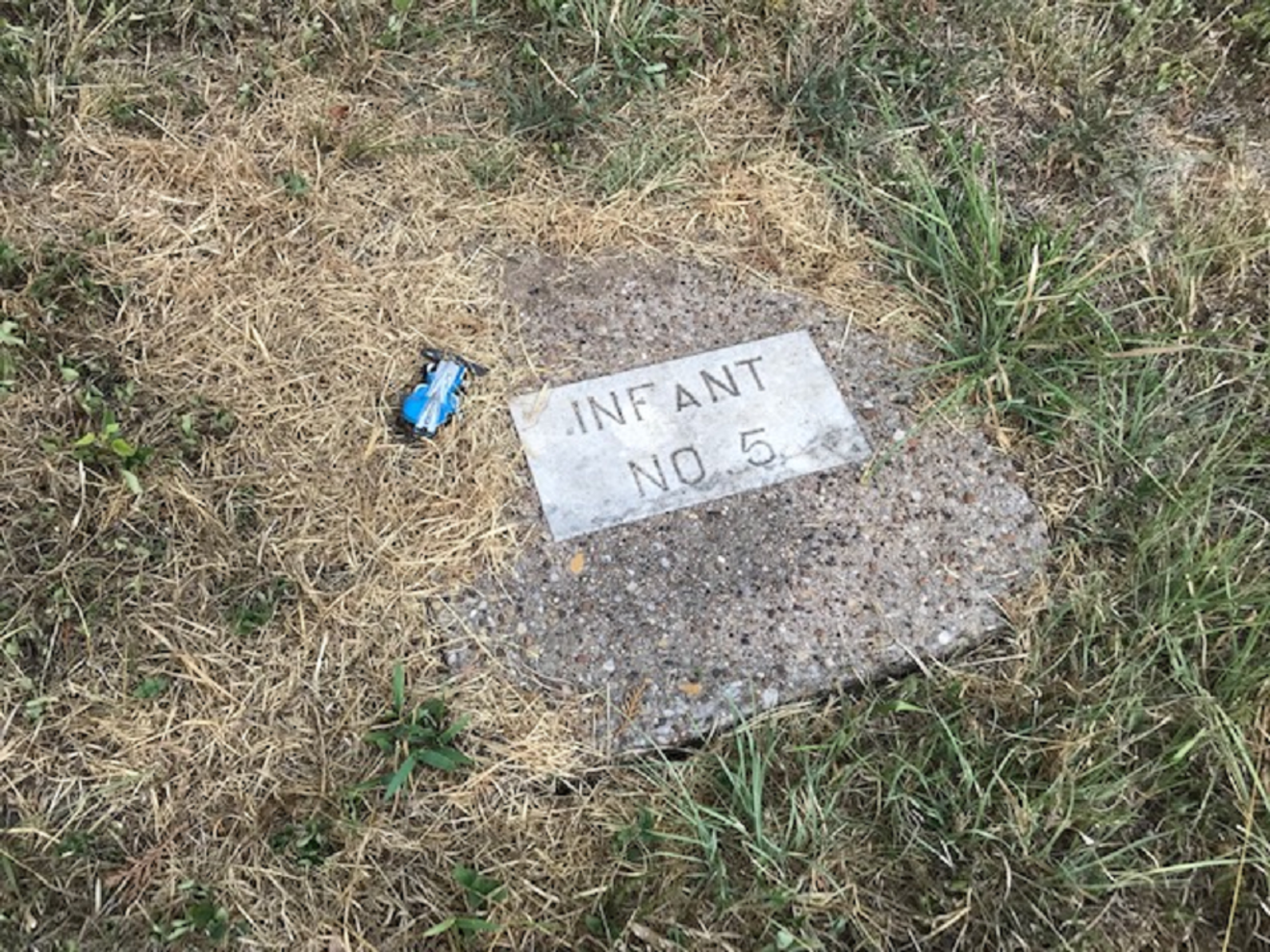There, at Doug Russell Park, near the intersection of Cooper and Mitchell streets, lay the remnants of a story that played out during the turn of the last century, after Rev. J.T. Upchurch opened a home for wayward women in 1903 on the outskirts of Arlington, at a place called Rescue Hill.
Upchurch first began his mission work in Waco, but according to a historical sketch by UTA, he was run out of town by churchgoers who didn’t like his association with prostitutes. Upchurch and his wife, Maggie Mae, then took their work to Oak Cliff.
Yet it is in Arlington, across from what was then the Carlisle Military Academy, which opened in 1902, where Upchurch built a haven for the female prostitutes, pariahs and addicts who arrived there typically homeless and pregnant.
He named the place the Berachah Industrial Home for the Redemption and Protection of Erring Girls. And now, Fort Worth author Julie Kibler has breathed fictional life into the story with her new book Home for Erring and Outcast Girls.
Kibler, who lived in Arlington for 25 years before moving to Fort Worth, says that while combing through archives and unearthing facts to weave into the novel, the stories of two of the women who’d lived at the home leaped from the stacks of historical documents.
“There’s a lot of information about the real women that lived there,” says Kibler, adding that two of her book’s characters, Mattie and Lizzie, one an unwed mother with a sick son, the other an abused, nearly dying mother with an ailing daughter, were based on historical facts that she found. Even she was surprised by the turns that the story was to take.”They completely gave their hearts and souls to this home. It was their life.” — Julie Kibler
tweet this
“They became real to me in my mind and my heart,” she says of the women, whom she estimates were about 19 and 22 years of age.
The heart-wrenching tales of hardship are mingled with mystery, which the gravestones of the former home’s cemetery hint at, Kibler says. The home, most likely, was at times both a happy and sad place for the women, Kibler says. She chose to focus on friendship.
The book is an “emotionally raw and resonant story of love, loss, and the enduring power of friendship,” according to Amazon. “With great pathos and powerful emotional resonance, Home for Erring and Outcast Girls explores the dark roads that lead us to ruin, and the paths we take to return to ourselves.”
The Berachah (which means blessing) home operated during a time when women were not allowed to vote. And as author Arista Joyner put it in her book Arlington, Texas: Birthplace of the Metroplex, Upchurch and his wife were determined to give the girls the same opportunities as the males who had betrayed them, rather than “deal with two sinners so differently by sending one to Congress and the other to perdition.”
According to Kibler, Upchurch relied on fundraisers to care for the women and their offspring, and refused to accept payment from family members. The women living at the home learned skills like nursing, sewing and gardening. They also worked in a handkerchief factory, published a purity journal and performed agricultural duties.
“In one of the ledgers, it shows how much each of the women was paid for cotton that they’d picked,” Kibler says, noting that the women used their meager earnings to buy personal items such as nightshirts and hosiery. Sometimes, they would forgo payment to help keep the home afloat.
Similarly to modern times, “we do the work to keep our home going,” Kibler says. “We don’t get paid for it. We live there, and everybody does what they need to do to keep the place going.”
”They completely gave their hearts and souls to this home,” she says of the book's women. “It was their life.”
Kibler’s research reveals that Upchurch was a man ahead of his time, especially in light of the current contentious climate regarding family separation at the border,
The girls and women who came there were required to sign a contract, which dictated that they had to stay for a year and abide by the home’s rules, Kibler says. Upchurch would also not allow the women to put their babies up for adoption and would even travel to locate children taken from their mothers and return them to the home.
“They were very much about family,” Kibler says. “They really wanted these women to bond with their babies and be good mothers.”
Several thousand women stayed at the Berachah Home before it closed in 1935. According to UTA archives, a baby boy named Alpha was the first child born at the home, and Eunice Williams was the first woman to be buried in its cemetery.
Kibler says she was inspired to write Home for Erring and Outcast Girls after seeing the Berachah Home’s cemetery on a list breaking down the most haunted places in Arlington. Then, after she began researching and connecting with her book’s characters, a pair of beautiful, brown eyes from an archived photo began to haunt her.
“(They) looked so broken but so courageous,” she says. “Her little girl had the same brown eyes.”











